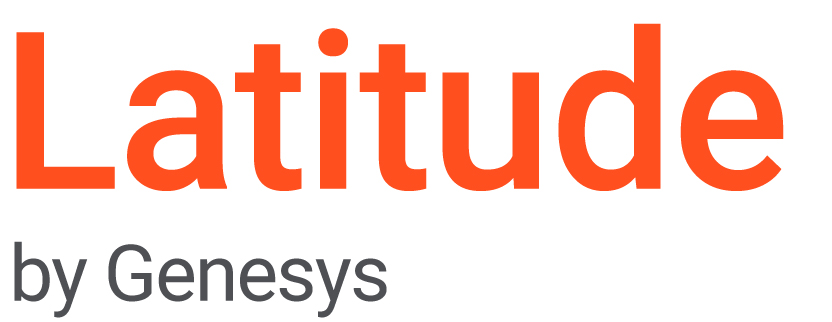Every agency wants its emails to land, get opened, and encourage action, but that only happens when the messages are crafted with intention. When looking to improve your debt collection emails, consider refining tone, timing, and templates so consumers see them as worth reading instead of ignoring or deleting. Small shifts in approach can mean the difference between an unopened message and one that sparks a response.
Why Tone Matters When You Want to Improve Debt Collection Emails
Tone sets the stage for how consumers interpret your outreach. Emails that sound aggressive or overly formal tend to feel like warnings rather than opportunities, and that makes recipients less likely to engage. On the other hand, overly casual language can seem unprofessional in the context of debt collection. The best approach is to strike a balance with a firm but respectful, professional yet approachable tone.
For example, an opening line such as “We’re reaching out to help you review your account options” frames the communication as an invitation, not a threat. By contrast, “You must contact us immediately regarding your account” may trigger avoidance. When agencies improve debt collection emails by paying close attention to tone, they often see consumers become more receptive to the conversation.
Timing Can Improve Debt Collection Emails More Than You Think
Even the best-written email fails if it lands at the wrong time. Timing has a subtle but powerful effect on how people engage. Sending an email late at night, when consumers are less likely to be checking their inbox, reduces the chance of it being read. Sending it mid-morning or early afternoon, however, increases visibility when people are naturally active online.
It is also important to consider frequency. Sending too often can feel overwhelming, while waiting too long between messages makes the agency seem inattentive. Marketing teams in other industries spend years fine-tuning cadence, and debt collections agencies can apply the same discipline. The simple act of testing different send times and monitoring open rates provides insight into how to improve debt collection emails in ways that lead to higher engagement.
Templates That Actually Improve Debt Collection Emails
Templates are often seen as a shortcut, but when done well, they provide consistency and structure that benefit both agencies and consumers. A clear subject line, a respectful opening, a concise body, and a straightforward call to action are the hallmarks of effective templates.
For instance, “Important information about your account ending in 4572” is a subject line that feels specific and legitimate without being alarming. A template that includes space for personalization, such as using the consumer’s correct name and account details, helps avoid the impersonal feel of a mass message.
The design also matters. Simple, uncluttered layouts with one clear action button or link outperforms walls of text that leave the consumer unsure of what to do next. Agencies that improve debt collection emails by refining their templates often find that consumers are more likely to read through the message and take the intended action.
Building Better Consumer Engagement Through Improved Emails
Improved email practices help both sides of the relationship. Consumers receive messages that feel clear and fair, while collections agencies spend less time chasing unresponsive accounts. The process is not about reinventing the wheel but about adopting proven communication strategies from marketing and tailoring them to the unique context of debt collection and an agency’s recovery goals. Agencies willing to invest in this effort find that the payoff is not only better response rates but also stronger long-term trust with the people they serve.
Partner With TEC Services Group to Improve Debt Collection Emails
If your agency is ready to improve debt collection emails and recovery rates with strategies that actually work, TEC Services Group can help. Call TEC Services Group today at 941.375.0300 and take the first step toward making your email outreach more effective, more data-driven, and more consumer-friendly.







